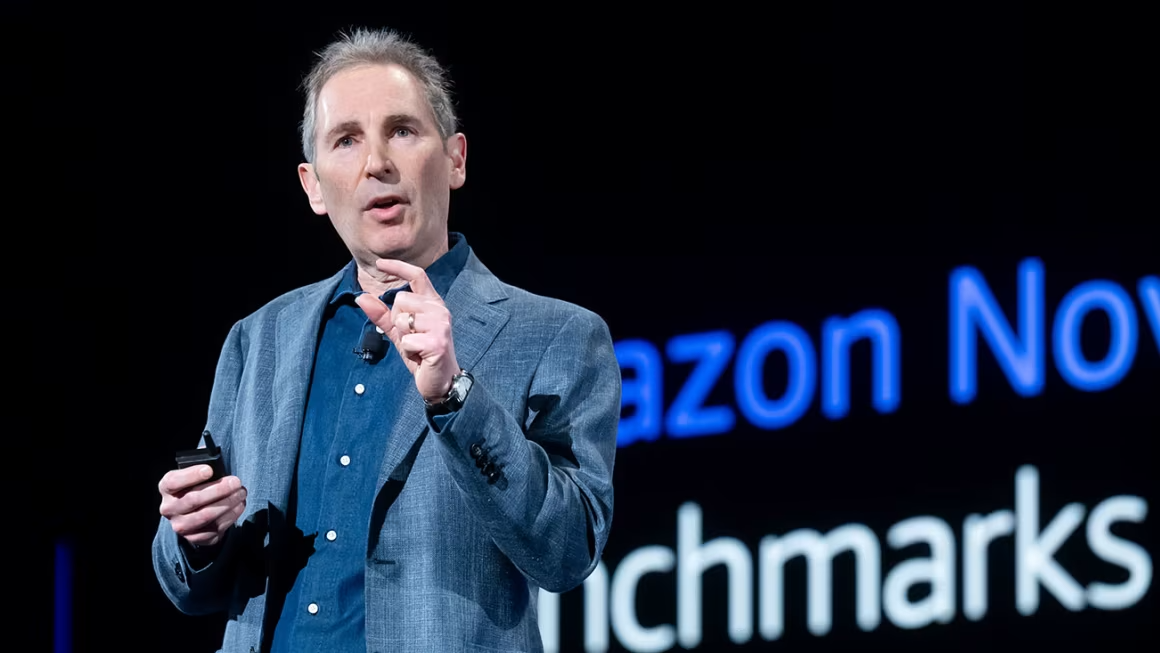Researchers finds high levels of dangerous air particles(PM2.5) in air near electric vehicle fast charging stations.
-
- At the charging stations, daily concentrations of dangerous air particles, known as PM2.5, ranged from 7.3 to 39.0 micrograms per cubic meter.
- Urban sites without fast-charging stations had concentrations of PM2.5 ranging from only 3.6 to 12.4 micrograms per cubic meter.
- The tiny particles likely come from particle resuspension around Direct Current Fast Charging power cabinets. Cooling fans designed to prevent the electronics from overheating can also stir up dust and particles from internal surfaces.
-
- At the charging stations, daily concentrations of dangerous air particles, known as PM2.5, ranged from 7.3 to 39.0 micrograms per cubic meter.
- Urban sites without fast-charging stations had concentrations of PM2.5 ranging from only 3.6 to 12.4 micrograms per cubic meter.
- The tiny particles likely come from particle resuspension around Direct Current Fast Charging power cabinets. Cooling fans designed to prevent the electronics from overheating can also stir up dust and particles from internal surfaces.
Can't wait for the "electric cars are killing children" research next
-
- At the charging stations, daily concentrations of dangerous air particles, known as PM2.5, ranged from 7.3 to 39.0 micrograms per cubic meter.
- Urban sites without fast-charging stations had concentrations of PM2.5 ranging from only 3.6 to 12.4 micrograms per cubic meter.
- The tiny particles likely come from particle resuspension around Direct Current Fast Charging power cabinets. Cooling fans designed to prevent the electronics from overheating can also stir up dust and particles from internal surfaces.
- The tiny particles likely come from particle resuspension around Direct Current Fast Charging power cabinets. Cooling fans designed to prevent the electronics from overheating can also stir up dust and particles from internal surfaces.
a) that doesn't really sound like the fault of EVs or the charging stations themselves. Any sort of very moderate air current would cause the same problem.
b) that sounds pretty easy to fix with some filters simple pleated filters, and that would leave the surrounding environment cleaner than they used to be.
-
- The tiny particles likely come from particle resuspension around Direct Current Fast Charging power cabinets. Cooling fans designed to prevent the electronics from overheating can also stir up dust and particles from internal surfaces.
a) that doesn't really sound like the fault of EVs or the charging stations themselves. Any sort of very moderate air current would cause the same problem.
b) that sounds pretty easy to fix with some filters simple pleated filters, and that would leave the surrounding environment cleaner than they used to be.
From the people who think windmills cause cancer?
-
- The tiny particles likely come from particle resuspension around Direct Current Fast Charging power cabinets. Cooling fans designed to prevent the electronics from overheating can also stir up dust and particles from internal surfaces.
a) that doesn't really sound like the fault of EVs or the charging stations themselves. Any sort of very moderate air current would cause the same problem.
b) that sounds pretty easy to fix with some filters simple pleated filters, and that would leave the surrounding environment cleaner than they used to be.
a) that doesn’t really sound like the fault of EVs or the charging stations themselves. Any sort of very moderate air current would cause the same problem.
Excactly. The stations themselves don't create particles but magnetic fields from the high voltage DC lines and cooling fans just pick them up from the ground and back to air. It's quite misleading to claim this is “Fine particulate matter emissions from electric vehicle fast charging stations” as the stations just redistribute existing emissions.
Obviously this is not a good thing, but the underlying cause is something else than these stations, I'd bet considerable amount of it comes from combustion engines. And as you said, simple filters should fix the problem and clean up the pollution from environment as well.
-
- The tiny particles likely come from particle resuspension around Direct Current Fast Charging power cabinets. Cooling fans designed to prevent the electronics from overheating can also stir up dust and particles from internal surfaces.
a) that doesn't really sound like the fault of EVs or the charging stations themselves. Any sort of very moderate air current would cause the same problem.
b) that sounds pretty easy to fix with some filters simple pleated filters, and that would leave the surrounding environment cleaner than they used to be.
Also they're likely in more densely populated areas which already have lower air quality.
-
- At the charging stations, daily concentrations of dangerous air particles, known as PM2.5, ranged from 7.3 to 39.0 micrograms per cubic meter.
- Urban sites without fast-charging stations had concentrations of PM2.5 ranging from only 3.6 to 12.4 micrograms per cubic meter.
- The tiny particles likely come from particle resuspension around Direct Current Fast Charging power cabinets. Cooling fans designed to prevent the electronics from overheating can also stir up dust and particles from internal surfaces.
Urban backgrounds n=4 and gas stations n=8
are you fucking kidding me
Why higher particulate matter was found in the air at EV-charging stations?
Because your sample sizes are shit, which means your methodology is probably also shit and the report carries less weight than a shampoo advert statistics
-
- At the charging stations, daily concentrations of dangerous air particles, known as PM2.5, ranged from 7.3 to 39.0 micrograms per cubic meter.
- Urban sites without fast-charging stations had concentrations of PM2.5 ranging from only 3.6 to 12.4 micrograms per cubic meter.
- The tiny particles likely come from particle resuspension around Direct Current Fast Charging power cabinets. Cooling fans designed to prevent the electronics from overheating can also stir up dust and particles from internal surfaces.
Now do PM and VOC levels at petrol stations.
Then PM and VoC levels on roads entirely occupied by combustion vehicles, and entirely occupied by electric vehicles.
-
Also they're likely in more densely populated areas which already have lower air quality.
This seems accounted for since the comparative samples are from "similarly urban areas"
-
Now do PM and VOC levels at petrol stations.
Then PM and VoC levels on roads entirely occupied by combustion vehicles, and entirely occupied by electric vehicles.
It's like this is perfectly crafted to demonstrate a spurious correlation.
-
Now do PM and VOC levels at petrol stations.
Then PM and VoC levels on roads entirely occupied by combustion vehicles, and entirely occupied by electric vehicles.
I get what you're saying but I'm not seeing this as "electric cars suck" but more as "we found another place where we can improve"
This seems to me an issue that can be fixed with a few air filters which would require very infrequent replacements
-
- At the charging stations, daily concentrations of dangerous air particles, known as PM2.5, ranged from 7.3 to 39.0 micrograms per cubic meter.
- Urban sites without fast-charging stations had concentrations of PM2.5 ranging from only 3.6 to 12.4 micrograms per cubic meter.
- The tiny particles likely come from particle resuspension around Direct Current Fast Charging power cabinets. Cooling fans designed to prevent the electronics from overheating can also stir up dust and particles from internal surfaces.
I just web searched the names of this research team... The last one on the list is a teeth-puller, folks.
Yuan Yao, teacher of sustainable systems.
Muchuan Niu, UCLA student, MS in Environmental Sciences.
Haoxuan Chen, Stanford student, machine learning.
Qiao Yu, Shanghai A.I. Laboratory.
Qingyang Wu, private A.I. developer.
Yuhang Li, student, Art History, A.I. cloud data processor.
Yijie Zhang, UCLA student, A.I. machine learning.
Aydogan Ozcan, UCLA, computational imaging and deep learning optics.
Michael Jerrett, teacher at UCLA, geographic information systems science, spatial exposure science.
Yifang Zhu, student in Environmental Sciences, associate of UCLA Fielding School project group, funds and\or law underwriter for Mobility Justice Frameworks (Mobility Justice is an almost eco-extremist entity that also uses racial cause to gather USDOT public funding).
-
I just web searched the names of this research team... The last one on the list is a teeth-puller, folks.
Yuan Yao, teacher of sustainable systems.
Muchuan Niu, UCLA student, MS in Environmental Sciences.
Haoxuan Chen, Stanford student, machine learning.
Qiao Yu, Shanghai A.I. Laboratory.
Qingyang Wu, private A.I. developer.
Yuhang Li, student, Art History, A.I. cloud data processor.
Yijie Zhang, UCLA student, A.I. machine learning.
Aydogan Ozcan, UCLA, computational imaging and deep learning optics.
Michael Jerrett, teacher at UCLA, geographic information systems science, spatial exposure science.
Yifang Zhu, student in Environmental Sciences, associate of UCLA Fielding School project group, funds and\or law underwriter for Mobility Justice Frameworks (Mobility Justice is an almost eco-extremist entity that also uses racial cause to gather USDOT public funding).
My bottom-of-the-rabbit-hole best guess. Create premature science data media for campaigns for lawmakers to push for more greenspaces in urban areas.
-
- At the charging stations, daily concentrations of dangerous air particles, known as PM2.5, ranged from 7.3 to 39.0 micrograms per cubic meter.
- Urban sites without fast-charging stations had concentrations of PM2.5 ranging from only 3.6 to 12.4 micrograms per cubic meter.
- The tiny particles likely come from particle resuspension around Direct Current Fast Charging power cabinets. Cooling fans designed to prevent the electronics from overheating can also stir up dust and particles from internal surfaces.
Look at the map this is just higher near larger population, Correlation vs. Causation. This smells like bull shit.
-
Look at the map this is just higher near larger population, Correlation vs. Causation. This smells like bull shit.

-
Look at the map this is just higher near larger population, Correlation vs. Causation. This smells like bull shit.
A research participant, Yifang Zhu, is tied to a thing called Mobility Justice Frameworks. It's pushing for greenspaces in urban areas, including making existing infrastructures look bad for its cause(s).
The research team has more A.I. tools than proper researching. It's odd.
-
- At the charging stations, daily concentrations of dangerous air particles, known as PM2.5, ranged from 7.3 to 39.0 micrograms per cubic meter.
- Urban sites without fast-charging stations had concentrations of PM2.5 ranging from only 3.6 to 12.4 micrograms per cubic meter.
- The tiny particles likely come from particle resuspension around Direct Current Fast Charging power cabinets. Cooling fans designed to prevent the electronics from overheating can also stir up dust and particles from internal surfaces.
Jesus they will release any study to try and smear electric. It's the same argument as cigs vs vapes. Yes they're both bad and not the best solution, but one is obviously better than the other. Plus how are they separating contamination of the charging stations from any other area where normal ass cars operate. There's just as much of a chance if not more that those particles are from the gas vehicles driving around, and not something specific to the chargers.
-
Jesus they will release any study to try and smear electric. It's the same argument as cigs vs vapes. Yes they're both bad and not the best solution, but one is obviously better than the other. Plus how are they separating contamination of the charging stations from any other area where normal ass cars operate. There's just as much of a chance if not more that those particles are from the gas vehicles driving around, and not something specific to the chargers.
They're not separating data throughly. Researcher Yifang Zhu, over many publishings, mainly gathers and publishes raw findings. Such as... (summarizing) "Children are at risk due to immature respiratory systems and faster breathing rates... by traveling in diesel powered school buses in my South Texas study."
Source- https://scholar.google.com/citations?view_op=view_citation&hl=en&user=kvSIKM8AAAAJ&cstart=20&pagesize=80&citation_for_view=kvSIKM8AAAAJ%3A5nxA0vEk-isC -
Look at the map this is just higher near larger population, Correlation vs. Causation. This smells like bull shit.
Do you not see the summary text in your front end, or did you just not read it? This is what it looks like on the default web front end on my instance:

-
Jesus they will release any study to try and smear electric. It's the same argument as cigs vs vapes. Yes they're both bad and not the best solution, but one is obviously better than the other. Plus how are they separating contamination of the charging stations from any other area where normal ass cars operate. There's just as much of a chance if not more that those particles are from the gas vehicles driving around, and not something specific to the chargers.
Dafuq.
This is the craziest reaction to knowledge
Knowing something new we didn't before means..... We know more now.
Stop trying to politicize this.
This just means there is room to improve, this is a good thing.







